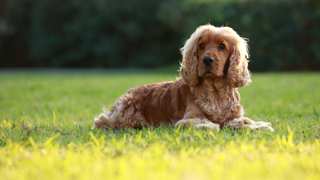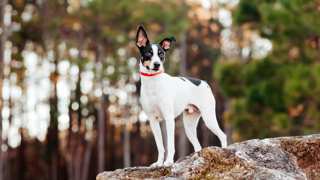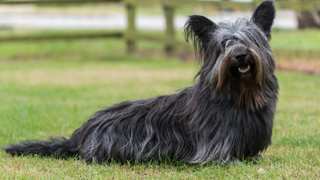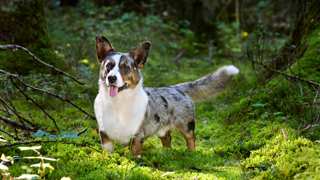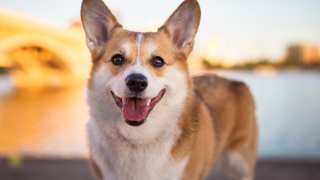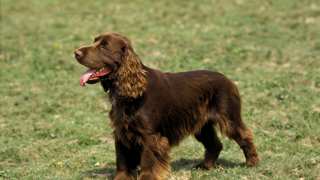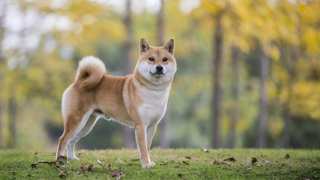Cocker Spaniels that spend a lot of time hunting tend to be trimmed instead of hand-stripped because it is easier to groom a short-haired dog who gets into water and mud. Those whose silky coats are maintained for show are typically hand-stripped so that the striking color and texture is kept at its best.
There are two basic Cocker Spaniel cuts. While neither has a formal name, they are known as the "cockery" and "gundog" looks. If you opt for a shaved Cocker Spaniel, however, that can work too. This is one of the dog breeds whose coats grow back basically the same.
The cockery look requires a lot of hand-stripping and constant care between sessions. The Cocker Spaniel show cut is obvious: the ears will be long and luxuriant, the skirt will be extensive, and the entire coat will lie flat on top and be slightly wavy where it hangs freely. If you have seen the photos of a Cocker Spaniel sitting and she looks like a pyramid with massive triangles hanging off her head, this is that style.
The gundog is also called a sporting cut. You get this by trimming the feathery parts and ears, and you cut the skirt. That distinctive Cocker Spaniel domed head will stand out, but the rest of the dog will look generic: the hair will be short all over. Some people might want a cockery hint with a gundog trim by leaving the feathering on the front and back of the dog's legs and maybe the tail too.
The labor-intensive show dog style is best done by professional groomers. You can learn how to do this if you have time and patience and get all the best tools. It's easy to learn how to trim a Cocker Spaniel for the gundog look, and you should get the best clippers for Cocker Spaniels. No matter how you cut it, you should get a Cocker Spaniel clipping guide.

